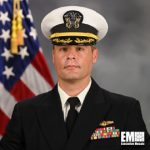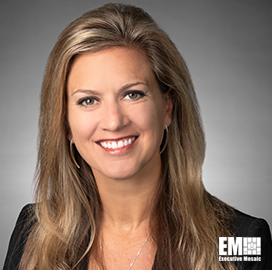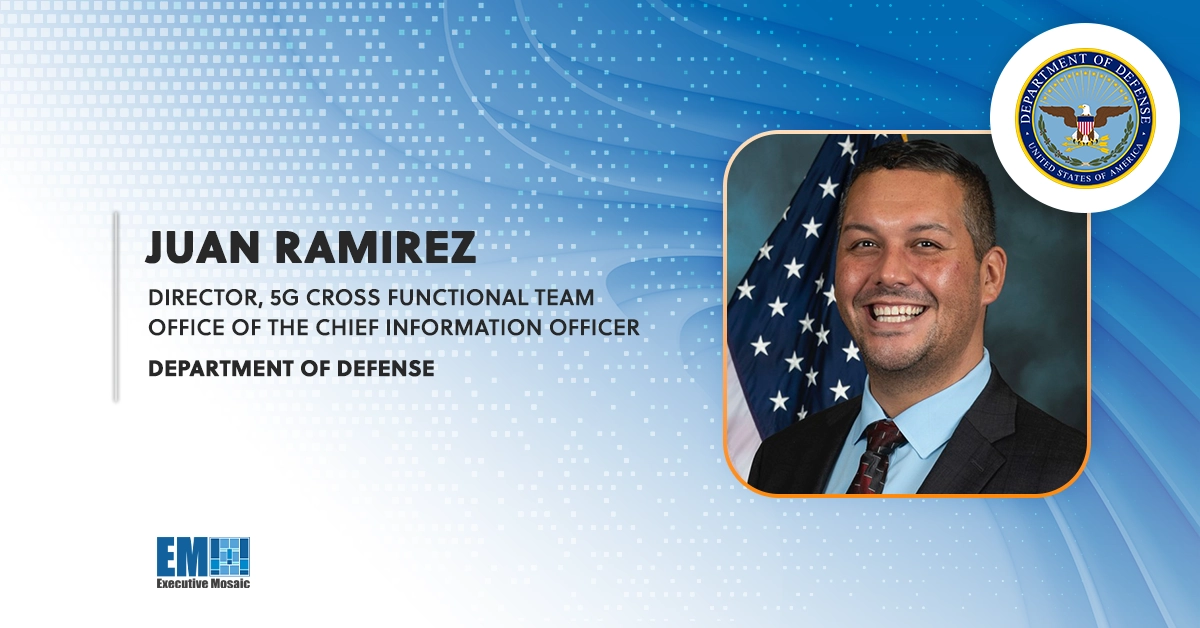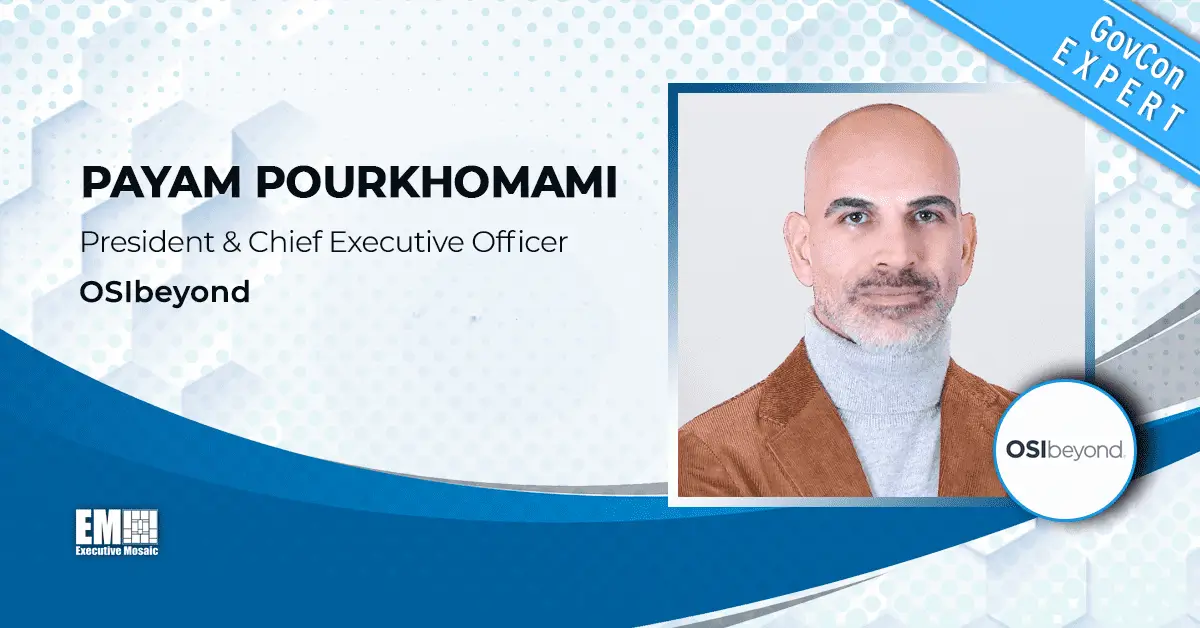Stacy Kubieck, vice president and general manager of Lockheed Martin’s Mission Solutions, acted as the moderator for an expert panel discussion during Potomac Officers Club’s 2021 SDA Forum on March 4th, 2021.
The following panelists discussed SDA’s multi-year plan to create cutting edge satellite constellation networks to provide U.S. military forces with increased communication and threat identification capabilities: John London, CDR Damon Melidossian, Dr. Frank Turner of SDA, and Lt Col. Tim Trimailo with Space and Missile Systems Center.
If you missed the 2021 SDA Forum, you can still register to watch the OnDemand Version by visiting Potomac Officers Club’s Event Archive.
The panel discussion opened with the ongoing efforts of SDA’s constellation project, called the National Defense Space Architecture, that aims to bring the terrestrial warfighter six capabilities, which includes data transport, battle management, advanced missile threat tracking, custody of beyond-line-of sight targets, emerging capabilities (including deterrence), and navigation.

John London, chief of SDA’s Warfighter Integration Cell, emphasized that the agency is space-based, but focused on “providing warfighter effects to the terrestrial environment.”
He focused on the capabilities of the transport layer as one of the most critical elements of the constellation network. This layer will provide worldwide secure, resilient, low-latency data and communication connectivity for all military platforms.
This will provide the U.S. military with a competitive advantage that no nation has today in regards to secure global communication.
The SDA’s ambitious plan involves multiple commercial companies in software development, network connectivity and launch services. London added that there is “tremendous opportunity with SDA, we are designing an inertly resilient and reliable proliferated Low-Earth-Orbit (LEO) satellite constellation.”

In addition to the importance of the transport layer, Commander (CDR) Damon Melidossian, an active duty member of the U.S. Navy serving in SDA’s Custody Cell, stated that the agency is working with its commercial and government partners to create the satellite network and plans to use more than one network to protect resiliency and mission success.
One of the highest priority aspects of SDA’s mission is to unify information and communication assets between all service branches. SDA organized the Warfighter Council to ensure the SDA constellation capabilities are compatible with each service branch and meet the needs of the combatant commanders. The Council’s members are high ranking officers and officials of the Department of Defense (DOD) who meet to coordinate technology integration and status updates on SDA’s progress.

Lt. Col. Tim Trimailo, materiel leader for the Commercially Augmented Space Inter-networked Operations (CASINO) program, Innovation and Prototyping Directorate, Space Development Corps and Space & Missile Systems Center (SMC), continued the panel discussion and explained that one of the goals of SDA is to do that is to create a multilayer approach to connect all the great innovation from SDA and commercial industry.
Dr. Frank Turner, technical director for SDA, added that SDA has the ability to do some “investment and reduce risk, not just technology readiness, but manufacturing readiness.” The SDA’s ambitious plan is divided into multiple tranches.

The end goal is full operational capacity within five years and continued improvement in effectiveness in the future. “We do have the opportunity to invest and inject capabilities as we move forward,” Dr. Turner added.
The SDA’s motto is semper citius, meaning always faster. The Agency has lived up to this motto by awarding contracts for various mission aspects in an incredibly concise timeframe. Along with contract awards, SDA requires its contractors to produce their product at high speed. Dr. Turner remarked that for “Tranche I which is about 180 weeks from now we have to have 150 satellites ready to launch, or about a satellite a week”
Derek Tournear, director of SDA and 2021 Wash100 Award recipient, delivered the keynote address, where he explained SDA’s role in the Department of Defense’s warfighting strategy. He also laid out SDA’s large scale plan for the next few years, which will heavily incorporate commercial players in establishing the innovative National Defense Space Architecture in Low Earth orbit quickly and economically.
If you missed the SDA Forum, you can still register to watch the OnDemand footage by visiting Potomac Officers Club’s Event Archive.

Mark your calendars for March 23rd, when Potomac Officers Club will host its 2021 Industrial Space Defense Summit. Gen. John Raymond, chief of Space Operations with the U.S. Space Force and 2021 Wash100 Award recipient, will serve as a keynote speaker during the Summit. He will address space technology, innovation and private-public partnerships that will expand federal space defense capabilities and help defeat adversaries.






